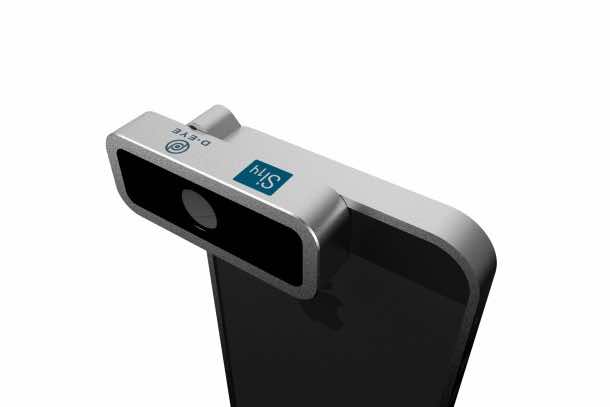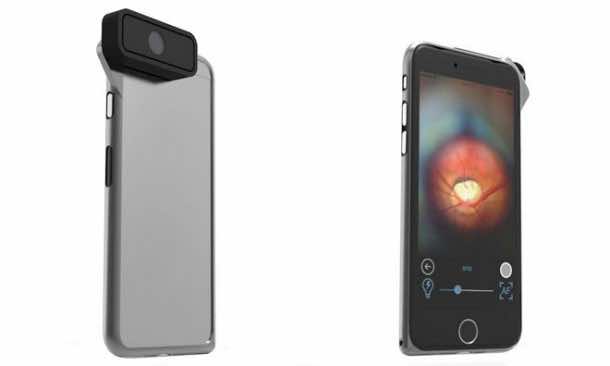The concept of e-health and remote healthcare has been on the cards for some time and governments across the world are seeing it as a good way of providing quality healthcare to far-flung areas. But the main problem associated with the implementation of this concept is the lack of remote instruments available to the doctors and limited controls available to them. They need to have the ability to tweak and control the tools while talking directly to the patient for a better diagnostic result. The new D-Eye aims to address these problems, and it can detect most of the basic eye diseases and update an online medical database for the doctor’s viewing too.

Eye care needs regular supervision and checks and it is hoped that this device can take care of eighty percent or more of the eye diseases. The most favorable attribute of the D-Eye is that is its able to connect to a smartphone and use many of its smart features for an advantage. It consists of a lens assortment in a clipping arrangement that can be attached and removed from the smartphone if needed. Currently, it only works with Samsung Galaxy S4 and S5 and its Apple counterparts like iPhone 5, 5S and 6.
The system doesn’t require any power to run, and the simple app lets the patient do his examination and send the results to the ophthalmologist on a cloud-based server. What makes this lens so useful is the innovative mounted bumper, the all-important retinal imaging system and eye lens monitoring. This device can help detect serious eye diseases like glaucoma, cataracts, macular degeneration and many others associated with age.

The inventor of D-eye Andrew Russo built this device to cater for the needs of growing trend of remote health based systems. He had help from Si14SPA, the technology firm from Italy. He claims that the tech offers a detailed view of all regions of the eye to the physician with the help of levers, beam splitters created with the help of a LED flash, camera autofocus and LED flash. The Lens has been slated to cost around 400 euros with an additional 40 for the bumper attachment. There is a global demand and use for a device like this, and we hope that people will benefit from it in the near future.



